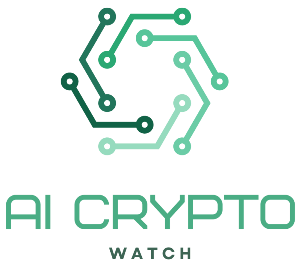- Ripple is leveraging RWA tokenization by using the XRP Ledger to enhance the financial sector.
- XRPL enables fast, low-cost transactions with built-in security and decentralized exchange capabilities.
Ripple has recently published a blog post outlining its role in real-world asset (RWA) tokenization, leveraging the XRP Ledger (XRPL) to enhance financial efficiency and accessibility. The company aims to connect central finance and decentralized systems through blockchain technologies.
Real-world asset tokenization is reshaping finance—making traditional assets more accessible and efficient.
Learn how the XRPL is built for RWA tokenization. https://t.co/BirpffreVg
— Ripple (@Ripple) February 12, 2025
Real assets encompass commodities, bonds, real estate, mutual funds, and stocks. These assets are essential to traditional finance but are characterized by a lack of liquidity and high costs due to the intervention of a third party. Tokenization converts ownership rights into tokens that are stored on a blockchain, making them more liquid, transparent, and settled faster.
RWAs are now being tokenized for various purposes, including tokenized treasury, real estate, and debt. These assets can be divided into small proportions of ownership, thus opening up the market to investors.
XRPL’s Competitive Advantage in Tokenization
According to the blog, RWA tokenization benefits greatly from XRP Ledger’s features. Its decentralized exchange, as an inherent platform, allows the trading of tokenized assets without the need for specialized contracts. Transactions take only 3-5 seconds to complete, with little to no cost involved, making it ideal for institutional use.
Security is another key benefit. Since its launch in 2012, the XRPL has facilitated more than 2.8 billion transactions without a single case of hacking. It also supports Decentralised IDs (DIDs) and Verifiable Credentials (VCs) and is in compliance with the regulations.
According to Ripple President Monica Long, tokenization has gone beyond simply being a cryptocurrency concept. She identified areas of application as instant foreign exchange (FX) settlements, which will have more transparency, and bond payments, among others. The tokenization of global markets is believed to revolutionize conventional finance and enhance the ease of transactions.
Ripple aims to increase the circulation of RWA tokens through various approaches. In June 2024, it enhanced its partnership with Archax to deploy hundreds of millions of dollars in assets on the XRPL. Last November, this partnership resulted in the creation of the United Kingdom’s first tokenized money market fund on the XRPL.
In September 2024, Ripple launched the Multi-Purpose Tokens (MPTs) that are aimed at tokenizing various financial instruments including Treasury Bills. This makes XRPL more capable of handling institutional-grade financial assets, making it popular among global companies.
Expanding Use Cases for Tokenized Assets
Tokenized RWAs are also revolutionizing the financial markets. As we previously reported, tokenized treasuries are on the rise, and firms like Archax are already using the XRPL to fund their liquidity. Some of these assets are more secure and can generate steady returns compared to other forms of investments.
Real estate tokenization is also growing for the tokenized investment in property markets and through fractional ownership. HouseBit and RealT are two examples of firms that offer tokenized real estate investment deals for seamless transfers.
David Schwartz, Ripple’s Chief Technology Officer, has recently focused on the benefits of RWA tokenization. In a recent video, he described how tokenizing property simplifies ownership, facilitates fractional and direct sales, and even provides property-backed loans. The initiative seeks to familiarize users with blockchain and the benefits that can surface from the applications.

